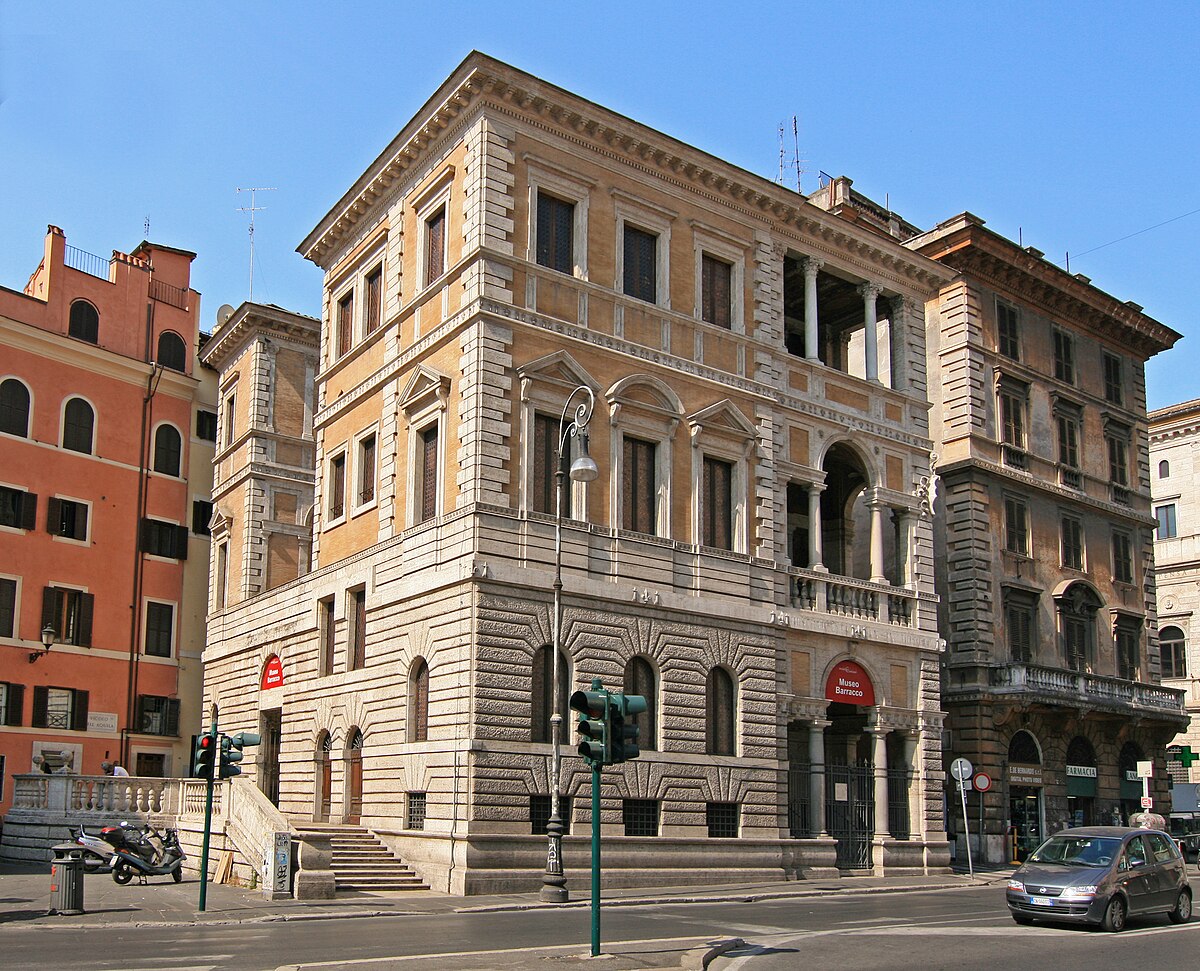



The Giovanni Barracco Museum of Ancient Sculpture is part of the Museums system in the Municipality of Rome and is located in the Palazzo della Farnesina ai Baullari. It collects various works of classical and Near Eastern art, donated to the Municipality by Baron Giovanni Barracco in 1904.

Having no direct heirs (he had never married and had no children), Giovanni Barracco made the decision to donate his collection to the city of Rome. For this he was awarded the honorary citizenship of Rome.

An area was also made available to him to make it an adequate museum, in Corso Vittorio Emanuele II, in front of the church of San Giovanni dei Fiorentini. The museum, called the Museum of Ancient Sculpture, was designed by Gaetano Koch, with whom Barracco had already collaborated when, as Quaestor of the Senate of the Kingdom, he had presided over the renovation and adaptation of Palazzo Madama.

Giovanni Barracco personally followed the design phase and the construction of the Museum of Ancient Sculpture, which looked like a classical temple.
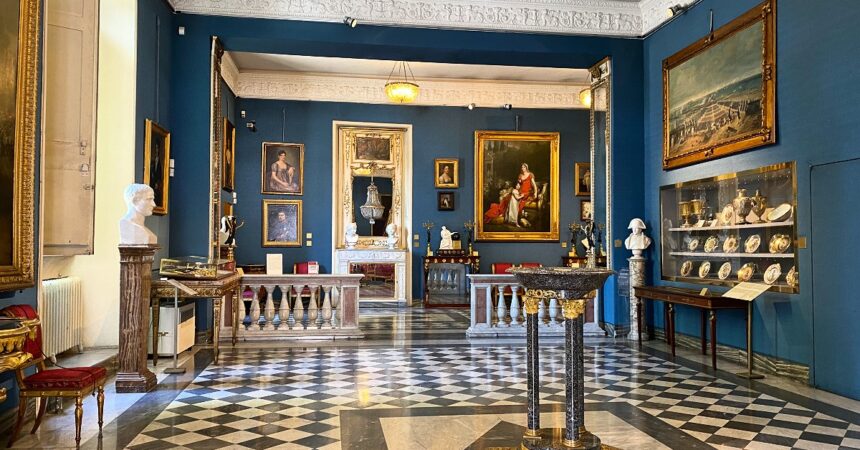
At Barracco's request, the Museum was equipped with a heating system (the first in Italy), with large windows for correct lighting of the works on display, and with rotating bases to allow the all-round view of some sculptures. Giovanni Barracco's personal library was also linked to the museum.

In the last years of his life, Giovanni Barracco moved his home in Corso Vittorio Emanuele II, at the Museum, and continued to enrich the collection. He left, in his will, indications to his heirs to buy some publications for the library of the Museum, of which Ludwig Pollak would remain Curator until his deportation by the Gestapo in 1943.

The Museum of Ancient Sculpture was demolished in 1938 on the occasion of the refurbishment works of Corso Vittorio Emanuele II following the construction of the Vittorio Emanuele II Bridge. The collection was transferred to the Osteria dell'Orso and subsequently to the warehouses of the Capitoline Museums.
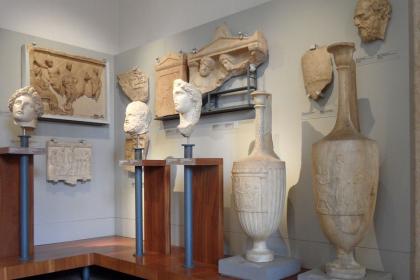
In 1948 the Museum was rearranged in the Palazzo della Farnesina ai Baullari in Corso Vittorio Emanuele II, specially made available by the Municipality of Rome.

Located in the basement of the small but precious Barracco Museum, about 4 meters below the current road level, the so-called Roman House (DOMUS ROMANA) was discovered by chance in 1899 during the partial demolition of the Renaissance building which since 1948 has housed the Museum, made necessary to allow the opening of the new road axis of Corso Vittorio Emanuele II.
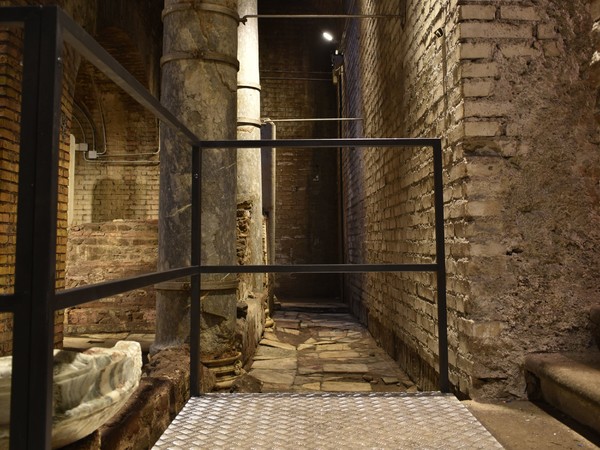
The structures and archaeological evidence preserved include a large portion of a porticoed courtyard with columns, floors in precious marble, numerous furnishing elements referable to fountains or basins and an extraordinary weight table, or a counter used to verify the measures of capacity used. for the goods.
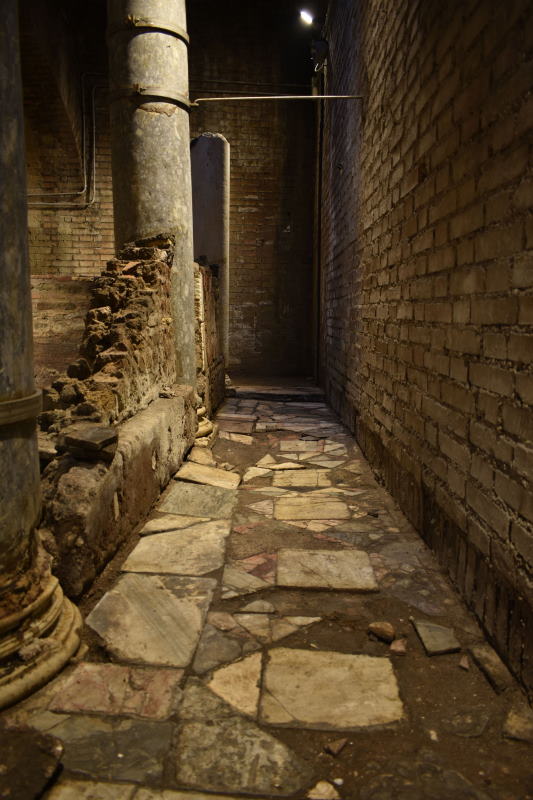
The walls were decorated with frescoes, with aquatic and terrestrial subjects, detached in the seventies and currently preserved in the museum.

Barracco Museum, is of great archaeological importance, especially due to their location in the heart of the topography of the ancient Campo Marzio and its sumptuous public buildings, the subject of many studies.

Among the most interesting and best preserved pieces of the collection you can admire the Egyptian sphinxes, the reliefs and the admirable water hourglass, the Sumerian foundation nails, the Cypriot statue of the god Melqart, the sculptures of the classical age, the red-figure pottery .
Giovanni Barracco Museum of Ancient Sculpture - Virtual Tour 360°
Address: Corso Vittorio Emanuele II, 166/a, 00186
Phone: +39060608
Site:
http://www.museobarracco.it/Location inserted by
CHO.earth